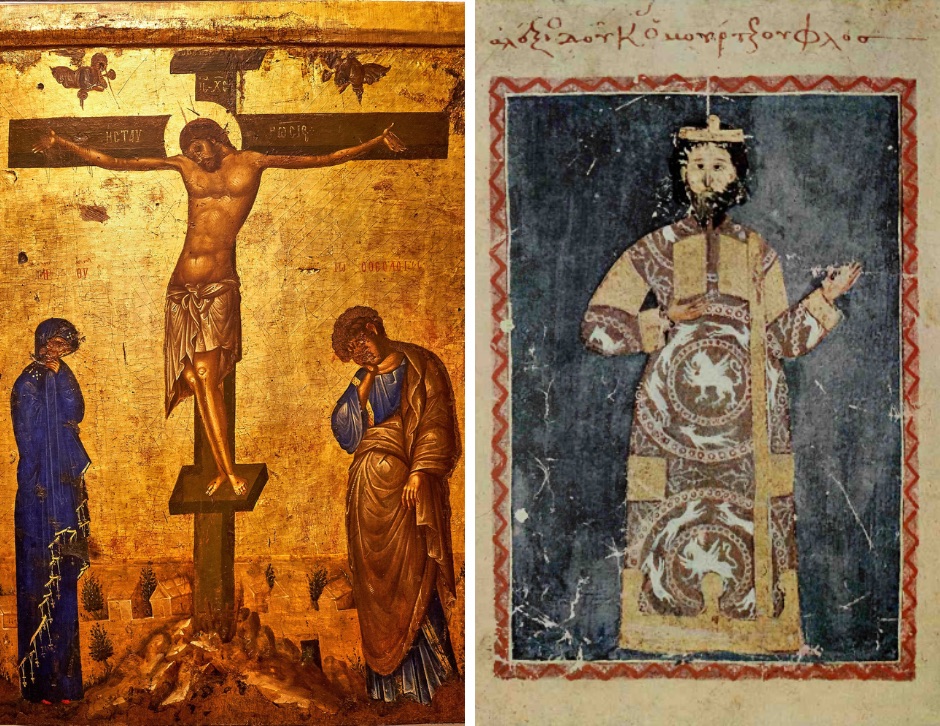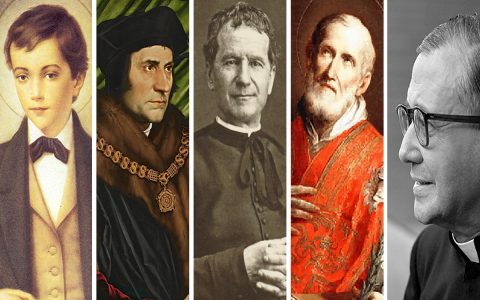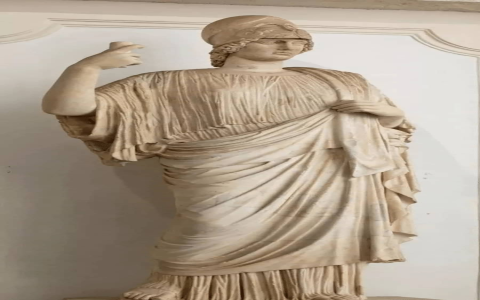So today I decided to figure out what this “Byzantine Material” thing actually means, ’cause honestly, that phrase kept popping up in some art history vids I watch, and I was kinda lost. Sounded fancy and complicated, right? Felt like I needed a decoder ring just to get the basics. My notes looked like a mess of random terms scribbled together.
Starting Simple: What Even Is It?
First, I just googled “what is Byzantine material meaning?” Like, literally typed that. Big mistake. Got flooded with stuff about ancient politics, old coins, and crazy religious art theory. Super overwhelming. Closed like ten tabs real quick.
Okay, deep breath. Tried again: “Byzantine art materials easy explanation”. Found some museum websites this time. Phew. Saw lots of pictures of churches and shiny stuff – way more visual. This seemed more doable.

Connecting Materials to the Visuals
Staring at all those pictures of mosaics and paintings, I realized: Oh, Byzantine material isn’t just what they used, but how they used it to make people feel a certain way. It clicked a bit. They weren’t just throwing pretty things together.
I saw things like:
- Gold EVERYWHERE. Like, ceilings, backgrounds, halos – pure shimmer overload. This wasn’t just decoration; it was about showing heaven’s light, making things feel divine and holy. Made sense – churches need that vibe.
- Tiny little cubes in the mosaics – tesserae! Learned that word finally. They didn’t want things looking smooth and real like Roman statues. Instead, the sparkle and broken surface of the mosaics were part of the message – it was about shining light and symbol, not perfect bodies.
- Bright, kinda unnatural colors? Blues, greens, deep reds popping against all that gold. They used rare pigments and special things like enamel (basically colored glass melted onto metal) to get effects no paint alone could do. Again, not “real life,” but visually striking and symbolic.
Putting It All Together (The “Meaning” Part)
This is where the penny really dropped. Byzantine art wasn’t trying to show the messy, physical world realistically. All that gold, sparkle, intense color, and stylized figures? It was about creating a different kind of reality:
- A spiritual gateway: It was trying to pull people out of the everyday and make them feel the sacredness and majesty of God and the heavenly realm.
- Richness = Power & Piety: Using expensive stuff (gold, lapis lazuli) showed off the empire’s wealth and the Church’s importance. Big political move wrapped in religion.
- Symbols over senses: Everything had layers of meaning. Gold wasn’t just bling; it meant divine light. Specific colors stood for specific saints or ideas.
So basically, “Byzantine material” isn’t just a list of supplies. It’s about how those specific, often luxurious and light-focused materials were used together to create powerful religious experiences and express political and spiritual power in a super unique, instantly recognizable style. They built holy vibes with gold, stone, and glass. Kinda genius, when you think about it.




